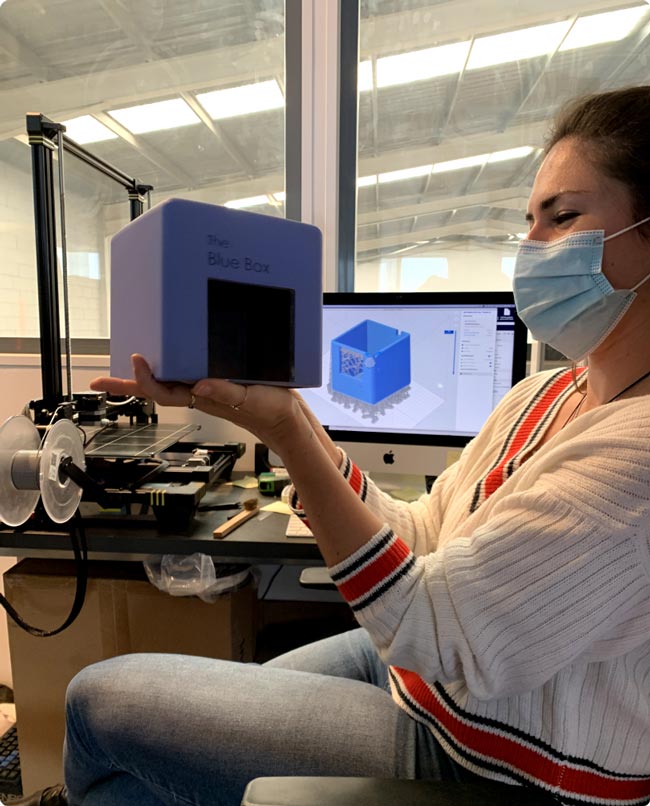Pain-Free, Low-Cost, Sensitive, Radiation-Free Device Detects Breast Cancer in Urine
Posted on 20 Feb 2024
Currently, mammography is the standard method for breast cancer diagnosis, but it has several limitations. The primary concern with mammograms is their lack of infallibility. False negatives can occur when normal breast tissue conceals cancer, and false positives may arise from anomalies that resemble cancer but are benign, causing unnecessary anxiety for patients. Additionally, the radiation involved in these tests could potentially contribute to the development of cancer over time. Now, a pain-free, low-cost, sensitive, radiation-free device that can detect breast cancer in urine with a sensitivity of 88.33% could bring about a shift in the diagnostic approach toward this disease.
The Blue Box Biomedical Solutions (Barcelona, Spain) has developed an affordable, user-friendly, and portable device that can detect breast cancer using a urine sample. This device, known as the Blue Box, employs an innovative eNose (electronic nose) to detect the smell of urine. It features a chemical sensor array that identifies breast cancer biomarkers present in urine that become volatile when heated, indicating the presence of the disease. The device also incorporates an AI algorithm that analyzes the sensor activation heatmap to determine if a subject has breast cancer, identifying patterns unique to the disease. This AI can detect breast cancer based on the presence and relative intensities of multiple volatile organic compounds (VOCs). Blue Box performs as similarly as possible to expensive and big lab machinery without the need for expensive and big lab machinery, complex sample handling procedures, and trained personnel.

The Blue Box offers a significant improvement in breast cancer treatment and diagnosis, benefiting both patients and healthcare professionals. Its problem-oriented design ensures accessibility, allowing for the early detection and treatment of more breast cancer cases. Its widespread use could transform breast cancer prevention by enabling earlier and simpler diagnoses, thus allowing for more timely treatments. Additionally, it eliminates the discomfort and anxiety associated with traditional testing methods. The company has successfully run two pilots to validate its technology in 7 hospitals, with over 450 patients. It now plans to launch the device in 2025 by bringing it to gynecology clinics with a Diagnostic-as-a-Service subscription model and a pay-per-test revenue stream that will be shared with doctors.












.jpg)
